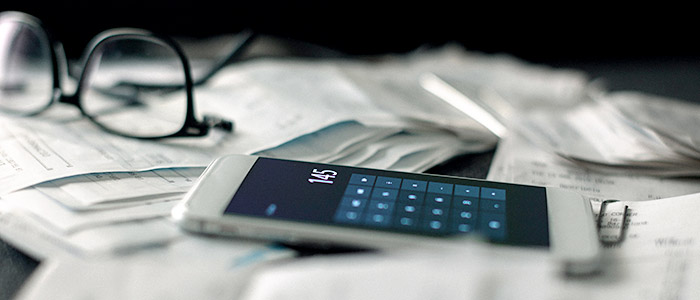
You’ve probably heard that you should make a budget, but it can be hard to know where to start.
To many, having a budget sounds boring and restricting. After all, wouldn’t it be more fun to buy whatever you want without worrying about it? Well, of course, that would be nice, but, unfortunately, to become financially independent, learning how to live within your means and manage your money are vital life skills.
Budgets don’t have to be boring or agonizing, though. In many ways, they are just a tool to help you see your monthly spending at a glance and to know where you can improve.
If you’ve never created a budget before, here’s how to do it:
Step 1: Write Down Your Expenses
Writing out your expenses should be a lengthy process. To help you with this goal, you can refer to the last few months of bank statements or credit card statements to see where your money has been going.
The most basic expense categories will include things like rent/mortgage, cable bill, cell phone bill, electricity bill, water bill, car, food, and entertainment.
You also want to remember bills that come up infrequently, like property taxes, car insurance payments, and healthcare premiums. By saving for large, infrequent expenses year round, you can make sure you can afford them when they do come up. For example, if your car payment comes up every six months you can put $75/month in a savings account. Then when the bill is due, the money is sitting there waiting for you.
Step 2: Calculate Your Expenses With Your Income
Once you know all your expenses, and you have them in a nice list, you can then start to plug in some numbers. Again, you can look back at past bank statements or credit card bills to see the amount of money you’ve been spending in those categories.
Take all of this research and information and then add it up. Does the number add up to more or less than your monthly take home pay? If you don’t have enough money to cover your expenses, then it’s time to take a look at your budget and see the areas where you need to cut back.
Step 3: Leave Room for Savings, Debt, and Emergencies
We recommend paying you first, which means adding a line to your budget for savings and emergencies. If you are in debt, you also want a line in your budget to remind you to pay your debt bills, preferably with more than the minimum payment.
Again, budgeting is just a tool, and it can take months to get used to keeping a budget and updating it. Remember, though, it’s just a guideline and a way for you to keep track of your spending and expenses and notice areas where you can improve. The more you improve, the more money you can save or the more debt you can pay off, and there’s nothing more rewarding than accomplishing goals like that in pursuit of financial freedom.
Thank you for your feedback.